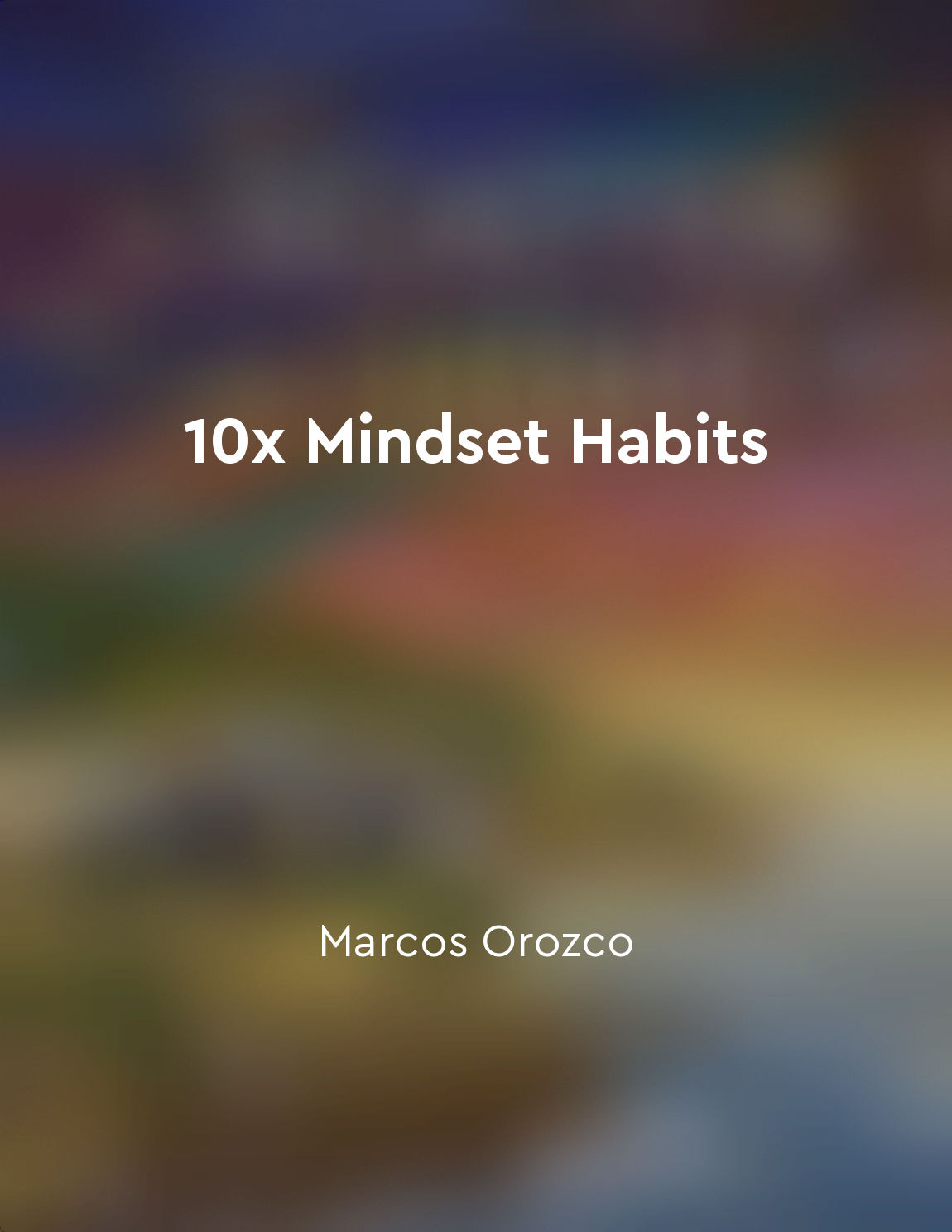Limit distractions to maximize efficiency from "summary" of 100 Great Time Management Ideas by Patrick Forsyth
In an ideal world, we would all be able to work in a distraction-free environment, fully focused on the task at hand. However, in reality, distractions are all around us, constantly vying for our attention and pulling us away from our work. These distractions can come in many forms, from noisy colleagues and phone calls to email notifications and social media alerts. Limiting distractions is crucial if you want to maximize your efficiency and make the most of your time. By minimizing interruptions and staying focused on your work, you can complete tasks more quickly and effectively. This means turning off notifications on your phone and computer, finding a quiet place to work, and setting boundaries with colleagues who may distract you. One of the biggest distractions in today's digital age is the constant barrage of emails, messages, and notifications. To combat this, try setting specific times during the day to check and respond to emails, rather than constantly jumping back and forth between tasks. You can also use tools like email filters and autoresponders to help manage your inbox and reduce the number of distractions. Another key aspect of limiting distractions is creating a dedicated workspace that is free from clutter and other distractions. This means keeping your workspace organized and tidy, with everything you need within easy reach. By creating a physical environment that is conducive to productivity, you can help minimize distractions and stay focused on your work. In addition to creating a distraction-free workspace, it is also important to establish boundaries with colleagues and others who may disrupt your focus. This may involve setting specific times when you are available for meetings or conversations, or simply letting people know when you need to concentrate on a task. By communicating your needs and setting boundaries, you can help minimize distractions and create a more productive work environment.- The key to maximizing efficiency is to identify the distractions that are holding you back and take steps to minimize their impact. By creating a distraction-free workspace, setting boundaries with colleagues, and managing your digital distractions, you can stay focused on your work and make the most of your time.
Similar Posts

Use the 80/20 rule
The 80/20 rule, also known as the Pareto Principle, is a concept that states that roughly 80% of results come from 20% of actio...

Learn from failures
Embracing failure as a learning opportunity is a fundamental aspect of developing a growth mindset. Failure is not the end of t...
Forensic evidence is not always as reliable as it seems
Forensic evidence holds a special place in the criminal justice system. It is often viewed as irrefutable, solid proof of a per...
Establish clear boundaries to protect focus time
Protecting our focus time is crucial in today's world filled with distractions. One effective way to safeguard this time is by ...
Embrace challenges for learning
To truly make progress in our personal and professional lives, we must be willing to face challenges head-on. It is through the...
Understand the difference between Good Work and Great Work
Good work is the work you do every day. It's the tasks that keep the wheels turning, the emails you send, the meetings you atte...
Flow involves losing selfconsciousness
When we are fully immersed in an activity that challenges us just enough to keep us engaged but not overwhelmed, we often lose ...
Celebrate your accomplishments, big or small
It's easy to get caught up in the hustle and bustle of daily life, constantly moving from one task to the next without taking a...

Cultivate selfawareness to understand your focus patterns
To truly understand our focus patterns, we must first cultivate a sense of self-awareness. Self-awareness is the ability to rec...
Eliminate timewasting activities
One of the most important things you can do to maximize your productivity is to get rid of timewasting activities. These are th...

